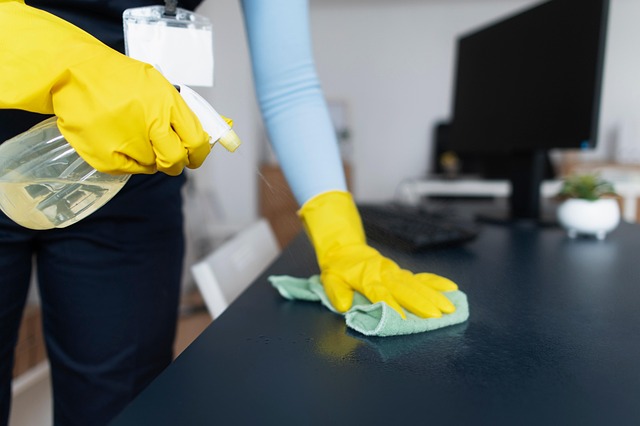Dry carpet cleaning is a gentle yet powerful method that uses specialized compounds and low-moisture techniques to remove dirt and stains without water immersion, preserving rug texture, color, and lifespan. It offers swift turnaround times, minimizes mold risk, and is ideal for various rug materials, including wool, cotton, linen, and silk. Professional services use eco-friendly products and advanced techniques like CO2 extraction and enzyme-based treatments, ensuring effective stain removal with minimal damage. Proper post-cleaning care and regular rotation further extend the lifespan of valuable rugs.
“Discover the secrets to rug care with dry cleaning, a gentle yet powerful method for maintaining your floor coverings. This comprehensive guide explores ‘Dry Carpet Cleaning’—its benefits, process, and suitable fabrics. Learn how this technique removes stains and odors while preserving your rug’s quality. From understanding the method to avoiding common mistakes, we’ll navigate you through every step. Uncover professional tips for maintenance and advanced techniques for deep cleaning. Optimize your rug’s lifespan with eco-friendly practices and expert insights on DIY versus professional care.”
Understanding Dry Carpet Cleaning: A Gentle Yet Effective Method
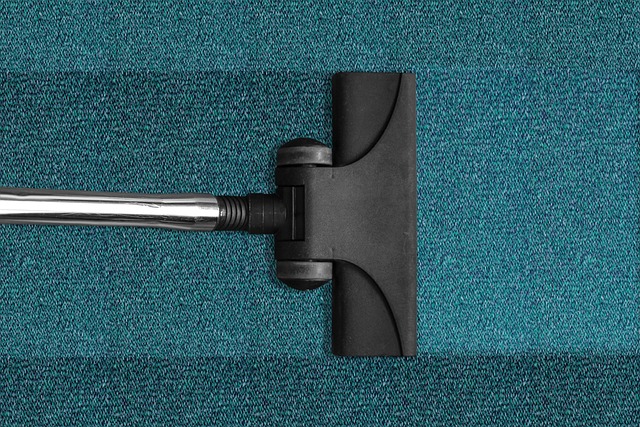
Dry carpet cleaning is a popular yet often misunderstood method for maintaining rug hygiene. Unlike traditional wet cleaning, which involves soaking and steaming fabrics, dry cleaning employs a gentle yet powerful approach. It uses specialized compounds and techniques to effectively remove dirt, dust, and stains from the carpet fibers without immersing them in water. This process not only preserves the texture and color of your rugs but also minimizes the risk of mold or mildew growth common with wet methods.
The dry cleaning process starts with the application of a safe, low-moisture compound to the rug’s surface. These compounds are designed to loosen debris and break down stains at the molecular level. Once the solution has done its work, specialized equipment gently extracts the treated compound along with any captured dirt and debris, leaving your carpet clean and dry within hours. This swift turnaround is a significant advantage over wet cleaning, making dry carpet cleaning an appealing choice for those seeking quick, efficient, and safe rug care solutions.
Benefits of Choosing Dry Cleaning for Rugs
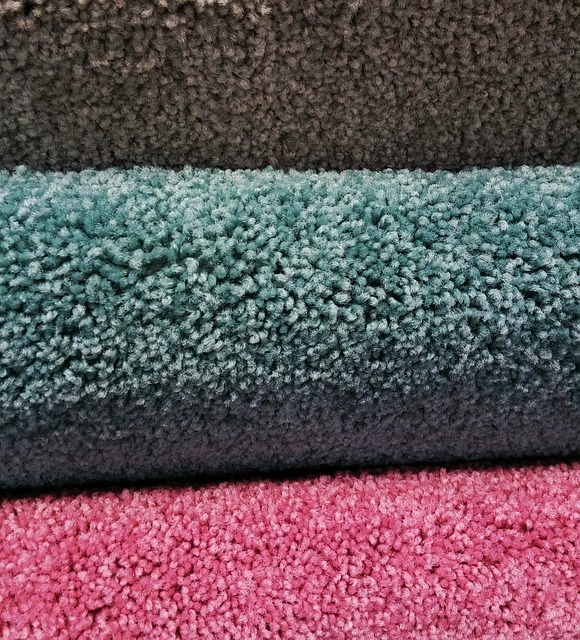
Choosing dry cleaning for your rugs offers a multitude of benefits that extend beyond mere aesthetics. Unlike traditional wet cleaning methods, which can be time-consuming and may risk damaging delicate fibres, dry cleaning is a gentle yet effective process. It involves the use of specialised equipment to remove dirt and stains without immersing the rug in water. This preservative method not only keeps your carpets looking new but also extends their lifespan by preventing moisture-related damage like mildew or mould growth.
Moreover, dry carpet cleaning is highly convenient. It requires minimal preparation from your end and can be performed while you go about your daily routine. The absence of soaking means there’s no lengthy drying period, eliminating the risk of floors or furnishings getting damaged due to water saturation. This makes it an ideal solution for homes, offices, and commercial spaces where quick turnarounds are essential.
The Process: Step-by-Step Guide to Dry Rug Cleaning

The process of dry cleaning rugs involves several meticulous steps designed to preserve their fibers and vibrant colors. It begins with thorough vacuuming to remove dust, dirt, and debris. This initial step is crucial for preparing the rug for the subsequent treatment. Next, a specialized dry cleaning compound is gently applied to the rug’s surface, working into the fibers with a soft brush or padding tool.
This compound helps to break down and dissolve any accumulated stains or grime. Following this application, the compound is allowed to dwell for a specific period, enabling it to effectively loosen contaminants. Then, using a low-moisture extraction machine, the compound and any residual dirt are gently removed, ensuring that the rug dries quickly with minimal moisture left behind. This meticulous process keeps rugs in pristine condition while maintaining their softness and texture, ideal for dry carpet cleaning.
Suitable Fabrics and Materials for Dry Cleaning

When it comes to dry cleaning rugs, understanding suitable fabrics and materials is essential for effective and safe cleaning. Not all textiles are created equal, and different materials require specific care to maintain their integrity and appearance. For instance, wool rugs, a popular choice for their softness and durability, benefit greatly from professional dry cleaning methods. These techniques use mild detergents and controlled temperature settings to remove dirt and stains without damaging the fibers.
Other common rug materials like cotton, linen, and silk also require specialized care. Cotton rugs can be machine washed, but it’s crucial to follow specific guidelines to avoid shrinkage or color fading. Linen rugs, known for their breathability, often need dry cleaning due to their delicate nature and tendency to gather dust easily. Silk rugs, prized for their luxury, demand the most meticulous care; hand cleaning or specialized dry cleaning services are recommended to prevent damage from harsh chemicals or aggressive cleaning methods.
Common Mistakes to Avoid During the Cleaning Process

When it comes to dry cleaning rugs, there are several common mistakes that homeowners often make, leading to suboptimal results or even damage. One of the biggest blunders is attempting DIY rug cleaning without proper knowledge. Rugs, especially delicate ones, require specialized care, and improper handling can cause fading, fiber damage, or even shrinkage. Using incorrect cleaning solutions or inappropriate techniques can leave behind residue or attract dirt and allergens over time.
Another mistake to avoid is neglecting pre-treatment. Before dry cleaning, it’s crucial to spot-clean any stains and address high-traffic areas by reducing soil buildup. Failing to do so might result in excessive cleaning chemicals being used during the process, potentially causing unpleasant odors or leaving a chemical residue on the rug’s surface. Always trust professional dry carpet cleaning services that employ modern equipment and eco-friendly products to ensure optimal care for your valuable rugs.
Tips for Maintaining Your Cleaned Rugs
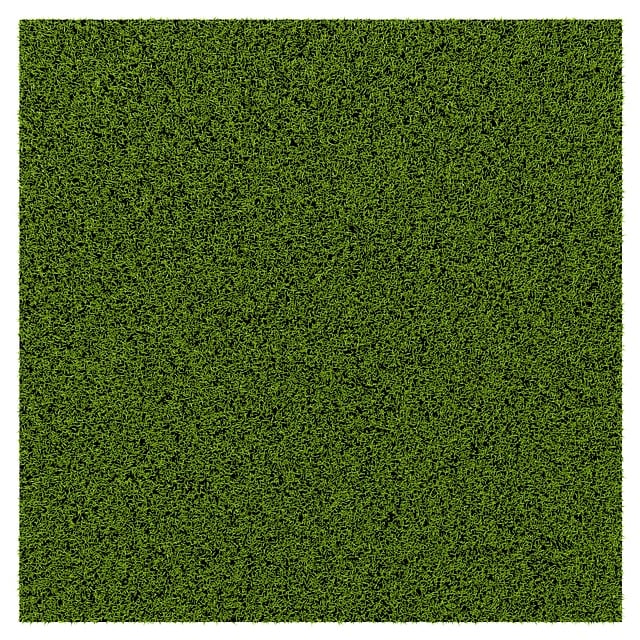
After your rugs have been dry cleaned, proper care is essential to maintain their freshness and prolong their lifespan. One of the best tips for post-cleaning care is to avoid excessive moisture. Rugs that stay wet can develop mildew or mold, so ensure they are completely dried after cleaning. Avoid frequent vacuuming as it might disturb the delicate fibers, instead opt for regular brushing to remove loose dirt.
For long-lasting results, consider a dry carpet cleaning service that uses eco-friendly and safe solutions. These methods are effective without the risk of damaging your rugs. Additionally, rotating your rugs every few months can prevent uneven wear and tear, ensuring each side receives equal exposure to foot traffic.
Advanced Techniques for Staining and Odor Removal
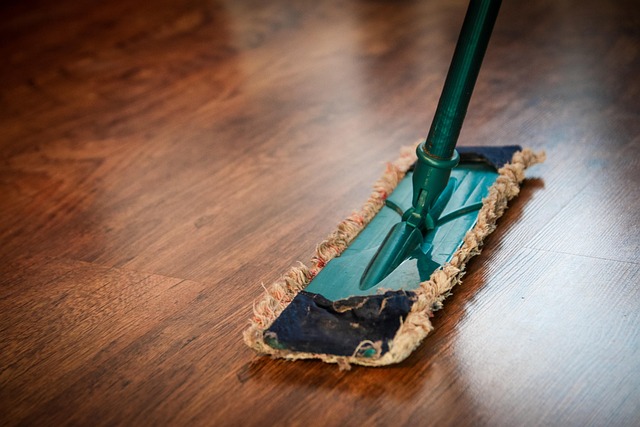
Advanced techniques in dry carpet cleaning have significantly enhanced the removal of stubborn stains and odors. Beyond traditional methods, modern equipment utilizes specialized chemicals and vacuum systems to deeply penetrate fibers, effectively eliminating dirt, allergens, and malodors. These innovative approaches are particularly beneficial for delicate fabrics and carpets that require minimal moisture to prevent shrinkage or damage.
One such technique involves the use of carbon dioxide (CO2) extraction, which acts as a powerful cleaning agent while remaining environmentally friendly. The process infuses CO2 under high pressure into the carpet, lifting dirt and debris. This method is safe for various rug materials and ensures faster drying times compared to conventional wet cleaning methods. Additionally, enzyme-based treatments target organic stains and odors, breaking down compounds at a molecular level for complete removal.
Environmental Impact of Dry Carpet Cleaning

Dry carpet cleaning methods have gained popularity due to their convenience and perceived gentleness on delicate fabrics. However, it’s essential to consider the environmental impact of this process. Traditional dry cleaning involves the use of various chemical solvents that can be harmful to both the rug and the planet. These chemicals are often disposed of improperly, contributing to pollution and environmental degradation.
In contrast, eco-friendly dry cleaning techniques emerge as a more sustainable alternative. They utilize natural enzymes, water, and specialized equipment to remove stains and dirt without resorting to harsh chemicals. This approach not only reduces the ecological footprint but also ensures the rug’s fibers remain unharmed, prolonging its lifespan and preserving its original beauty.
Professional vs DIY: When to Seek Expert Help
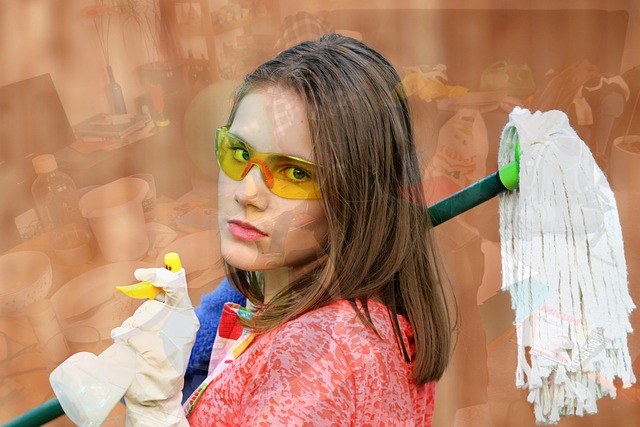
When it comes to rug care, especially for more delicate or valuable pieces, professional dry cleaning services are often the best course of action. While DIY methods can be appealing for simple, routine cleaning, seeking expert help ensures that your carpet receives the specialized attention it deserves. Professional cleaners have access to advanced equipment and chemicals designed specifically for various fabric types, ensuring a thorough yet gentle clean.
They also possess the skill and knowledge to handle unique rug structures, intricate patterns, or rare materials safely. For instance, some DIY methods might damage antique or handmade rugs due to improper handling or unsuitable cleaning agents. Professional dry cleaners can offer tailored solutions, preserving the rug’s beauty and longevity while providing peace of mind that your precious carpets are in capable hands.
